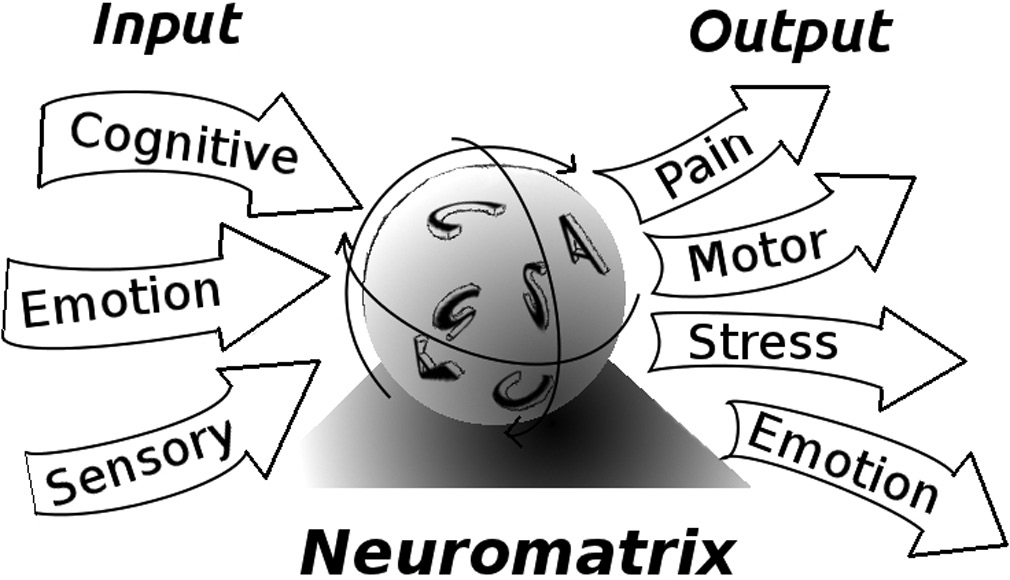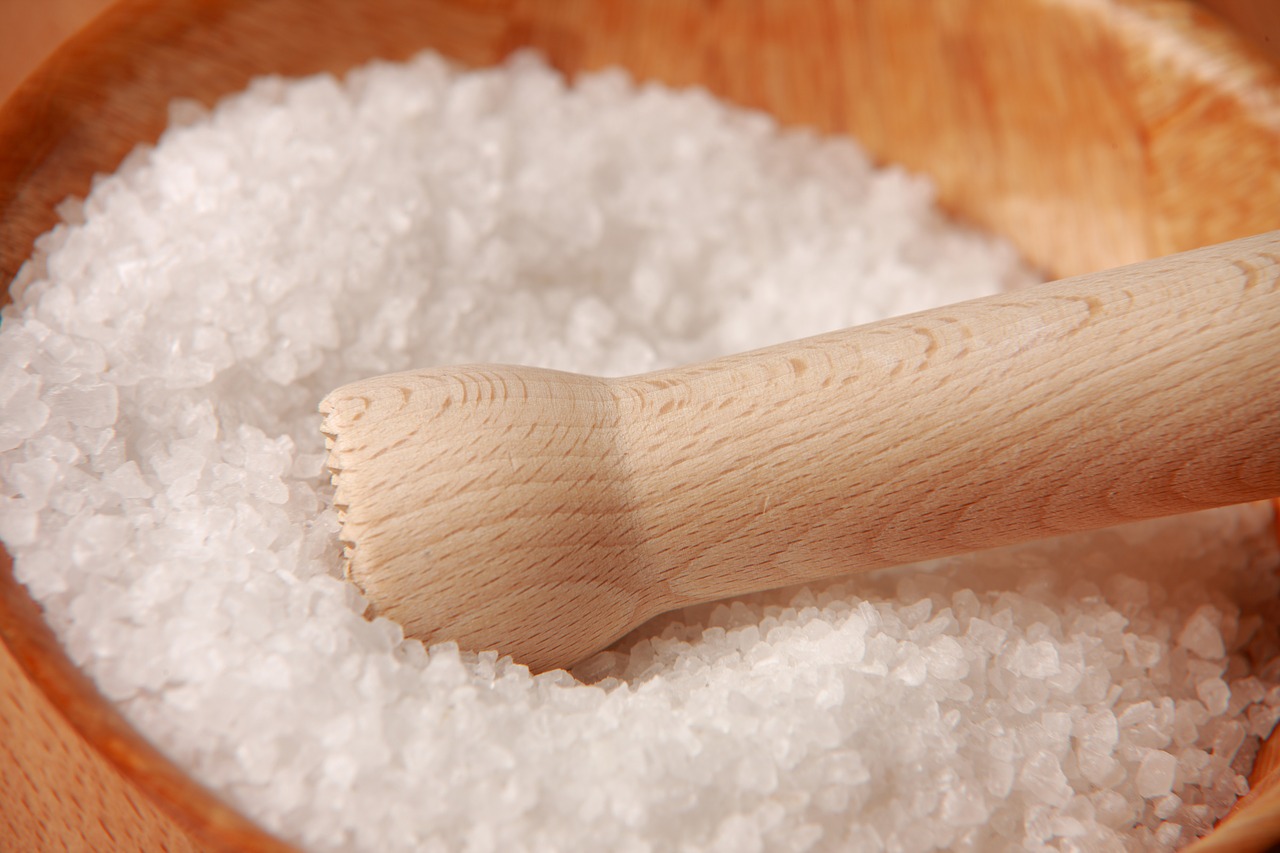In my last blog, I covered how improving respiration in the cells by increasing Co2, helps with preventing and healing from cancer. Today you will read about how having an excess of estrogen can inflame the body and excite cells which can lead to developing cancer. I will also share some daily habits that you may be doing now that can increase your odds in developing cancer and hurting your metabolism
What is estrogen?
Estrogen has been described as the “hormone for beginnings, a sort of biochemical eraser which can eliminate recently recorded information, restoring the underlying primitive capacity for growth.” Meaning, estrogen stimulates cell division (this takes place mainly in the breasts, uterus, and prostate gland, and in the pituitary gland) and is normally produced in a monthly surge at the time of ovulation and during pregnancy.”
In excess, estrogen steals oxygen from mitochondria, the balance between what a tissue needs and what it gets will depend on the way that tissue functions. When a cell releases lactic acid and free radicals ,it’s reasonable to assume that it isn’t getting everything that it needs, such as oxygen and glucose. With time, the cell will either die or adapt in some way to its low condition.
Despite the concept the pharmaceutical industry has pushed, estrogen is not just the “female hormone.” Men, in times of stress such as not eating enough, alcoholism, or dealing with liver damage can produce estrogen. In places dealing with famine, it has been known that men are capable of even lactating. Why the philosophy of estrogen being a female trait? You see, If you knew that estrogen was more like a shock hormone and causes aging and disease, the estrogen industry wouldn’t be able to make its billions of dollars every year. Having an excess of estrogen is very dangerous and has been linked to health issues such as:
Breast Cancer, uterine cancer, ovarian cancer, fibroid tumors, pituitary tumors, lung cancer, liver cancer, bowel cancer, kidney cancer, malignant melanoma, meningioma and other brain cancers, cancer of other organs, osteoarthritis, lupus, rheumatoid arthritis, allergies, porphyria, optic neuritis, epilepsy, depression, suicide, accidents, anxiety, agoraphobia, amnesia, nerve cell damage, low blood pressure, fainting, shock, vessel spasms, intestinal spasms, inflammatory bowel disease, gall stones, gall bladder issues, blood sugar issues, hypothyroidism, blood clots, strokes, heart attacks, miscarriage, birth defects, endometriosis, excess hair and loss of hair, skin discoloration, thinning of the skin, water retention, and obesity.
Estrogen’ s harmful effects has been known since the 1930’s and ’40’s. Loeb, Lipschitz, the Shutes, Hans Seyle, L.C.Strong, and others showed that estrogen caused the above mentioned illnesses. However the drug companies were already pushing their inaccurate paradigm on to the world, to promote and push hormone replacement therapy.
A statement that I hear often from people is, ” Oh, my estrogen levels were normal on my blood work, I’m fine.” There is 2 points I’d like to make about that :
- Estrogen (also known as adipin, truly resides in our tissues, not in our blood. So the results on the blood work are not going to be 100% accurate.)
- Even if your estrogen levels are in the normal range, it can still be a cause for concern if your progesterone levels are low. When getting bloodwork done, check to see if your progesterone level is 5-10 times higher than your level of estrogen.
Ladies, having a higher progesterone will aid in a healthy metabolism, depression, PMS, menopause, bloating, skin issues, and many other things.
Progesterone is anti- inflammatory, reduces cellular excitation, gets estrogen out of the cells into the bloodstream by destroying the estrogen receptor (binds estrogen to the cell), destroys the enzyme that releases estrogen from the glucuronic form, and then straight into the liver and then kidneys which helps your body excrete it.
In fact progesterone was used by many physicians to treat the types of cancer that were caused by estrogen, especially uterine, breast, and kidney cancers. In the 1950s, the drug industry had created the myth that their synthetic progesterone (progestin) were medically more effective than progesterone itself, and the result has been that medroxyprogesterone acetate ( Provera, Depo-Provera, and Depo-SubQ provera 104 ) and other synthetics have been widely used to treat women’s cancers, including breast cancer. Unfortunately, progestins, only add to health problems and metabolic issues such as cancer.
If you’re interested in supplementing with a progesterone, ask your Dr for a bioidentical and not a synthetic. You are able to order a good quality progesterone from https://www.healthnatura.com/category-s/1857.htm
http://www.idealabsdc.com/lab/
If you have questions about dosage, and how to take them you can contact me. Just post a comment or question and I will contact you.
Common cancer treatments can be making you sicker.
A simple google search when looking up “cause of uterine cancer” took me to a cite where it clearly states that doing estrogen therapy, taking tamoxifen, (this med is a risk even though it’s an anti-estrogen med!) and radiation to the pelvis (which is a common treatment), can be a risk factor to getting uterine cancer. As you read the article, it mentions common treatments for uterine cancer to be surgery, radiation, hormone therapy, and chemotherapy. These treatments in themselves are estrogenic and dangerous! https://www.medicinenet.com/uterine_cancer/article.htm
“Radiation, estrogen, and a variety of chemical pollutants are known to be the major causes of breast cancer, but the efforts of the cancer establishment have been directed toward denying that these avoidable agents are the cause of the great increase in breast cancer during the last several decades. The cancer industry, including major producers of chemotherapy drugs, subsidizes the American Cancer Society and “Breast Cancer Awareness Week,” and it is in their interest to convince the public that early detection and conventional treatment with surgery, chemotherapy, and radiation are winning the war against cancer. There is always light at the end of the tunnel, in the war against cancer, just as there was in the Vietnam war. Their consistent effort to dissuade the government from acting to reduce the public’s exposure to the known causes of cancer should make it clear that they are in the business of treating cancer, not eliminating it.”- Dr. Ray Peat; Breast Cancer
Foods and habits that intensify estrogen’s harmful attacks:
- Polyunsaturated fats (grains, nuts, seeds, beans, raw green leafy veggies, cruciferous veggies, cold water fish like salmon, pork, corn, soy, safflower, flax, cottonseed, canola, peanut, sesame oil, mayonnaise, pastries, some candies ) Yes, you read that right.
- Iron Supplements, cooking with cast iron, and eating products with added iron.
- Taking birth control.
- Not eating enough calories throughout day.
- Living under too much stress.
- Exposure to chemicals.
Staying away from these foods and habits will greatly improve your health, by causing you not to produce a high level of estrogen. For more information about how you should be eating, and what being healthy really looks like, please click on link.
References
Endocrinology. 2003 Dec;144(12):5650-7. Epub 2003 Sep 11. Distinct molecular pathways mediate progesterone-induced growth inhibition and focal adhesion. Lin VC, Woon CT, Aw SE, Guo C.
Lancet 1939, vol. 237: 420-421, Anti-tumorigenic action of progesterone, Lipschutz A, Murillo R, and Vargas, L Jr.
Mol Endocrinol. 2005 Aug;19(8):1978-90. Progesterone inhibits the estrogen-induced phosphoinositide 3-kinase–> AKT–> GSK-3beta–> cyclin D1–> pRB pathway to block uterine epithelial cell proliferation. Chen B, Pan H, Zhu L, Deng Y, Pollard JW.









 You had a stressful day at work and you just wanted to treat yourself to your favorite flavor of Ben and Jerry’s ice cream. On the drive home you begin the mental debate “should I take that gamble?” You think about the last time you had dairy and rationalize why this time won’t be as bad. That last time was just an fluke. So you take the leap, go to the store, and buy your ice cream. Already starting to regret your decision, you take that first bite. You wait a couple seconds waiting and listening for your stomach to let you know how your night is going to be. After awhile you finish your bowl and you lay on the couch and settle in for a nice night… Then it happens.. your stomach comes alive!. You sit up right away clutching your stomach and your doing the dash down the hall.
You had a stressful day at work and you just wanted to treat yourself to your favorite flavor of Ben and Jerry’s ice cream. On the drive home you begin the mental debate “should I take that gamble?” You think about the last time you had dairy and rationalize why this time won’t be as bad. That last time was just an fluke. So you take the leap, go to the store, and buy your ice cream. Already starting to regret your decision, you take that first bite. You wait a couple seconds waiting and listening for your stomach to let you know how your night is going to be. After awhile you finish your bowl and you lay on the couch and settle in for a nice night… Then it happens.. your stomach comes alive!. You sit up right away clutching your stomach and your doing the dash down the hall. You may find adding dairy into your life will simplify things. A glass of milk with a little added honey contains a sufficient ratio of protein, fat, and sugar to qualify it as a small meal. It’s the easiest meal you’ll ever prepare. Adding a small amount of milk with your meals is a good place to start when attempting to build up your production of lactase. We’re talking 1 or 2 ounces of milk with a complete meal consisting of protein, fat and sugar. For example, I may eat a small piece of steak, a side potato, some melon and a glass of sparkling water. I’ll then just add a couple ounces of milk to chase the meal.
You may find adding dairy into your life will simplify things. A glass of milk with a little added honey contains a sufficient ratio of protein, fat, and sugar to qualify it as a small meal. It’s the easiest meal you’ll ever prepare. Adding a small amount of milk with your meals is a good place to start when attempting to build up your production of lactase. We’re talking 1 or 2 ounces of milk with a complete meal consisting of protein, fat and sugar. For example, I may eat a small piece of steak, a side potato, some melon and a glass of sparkling water. I’ll then just add a couple ounces of milk to chase the meal.
